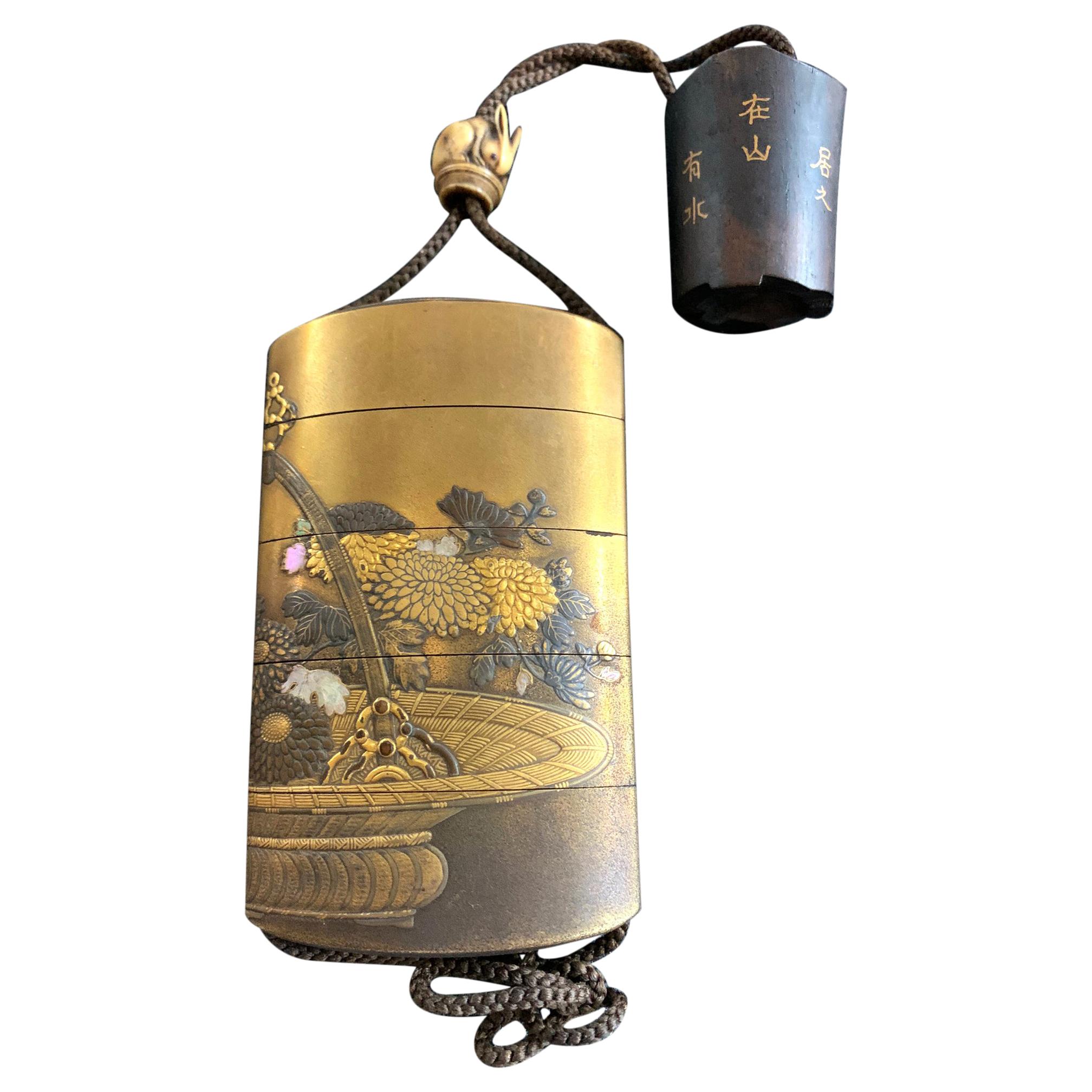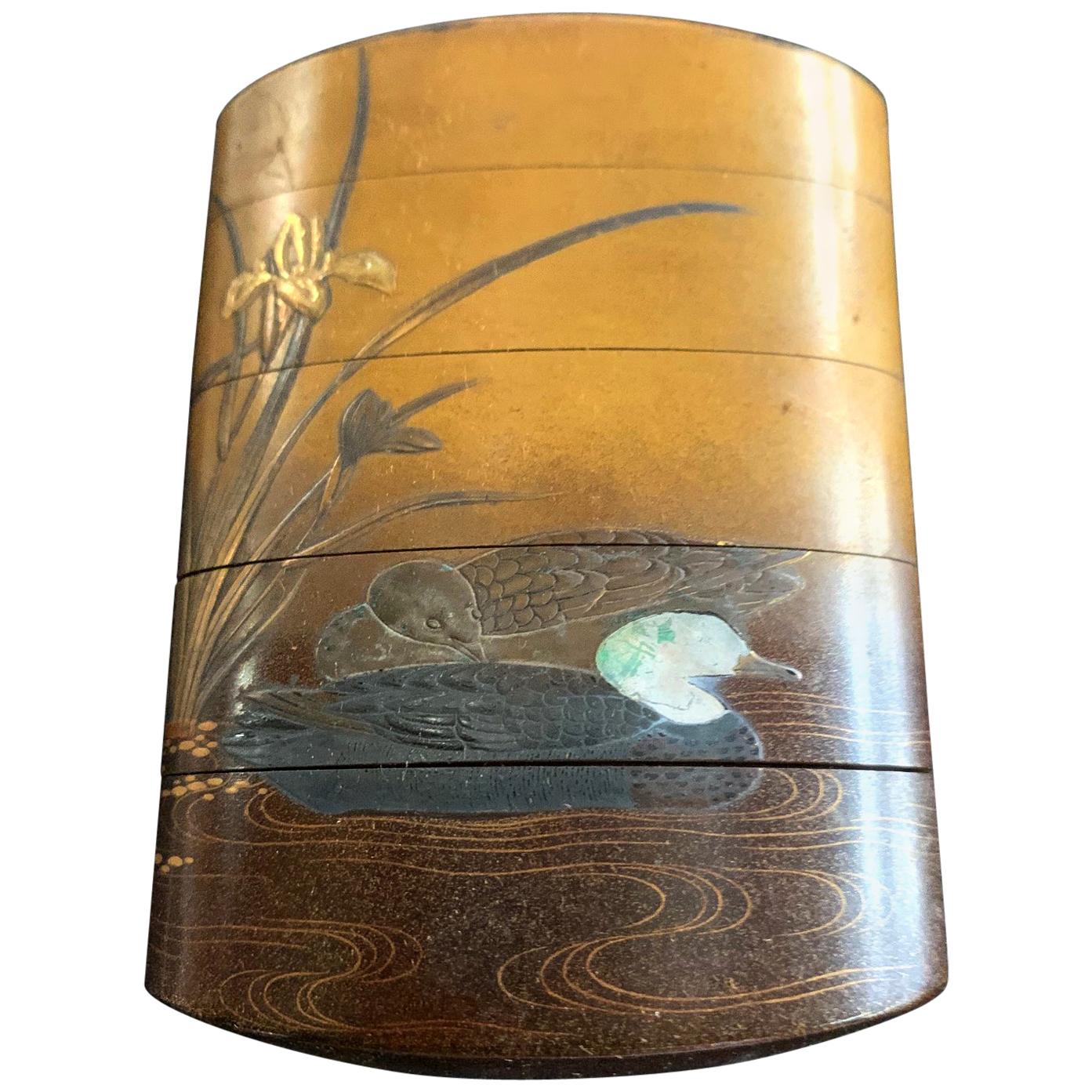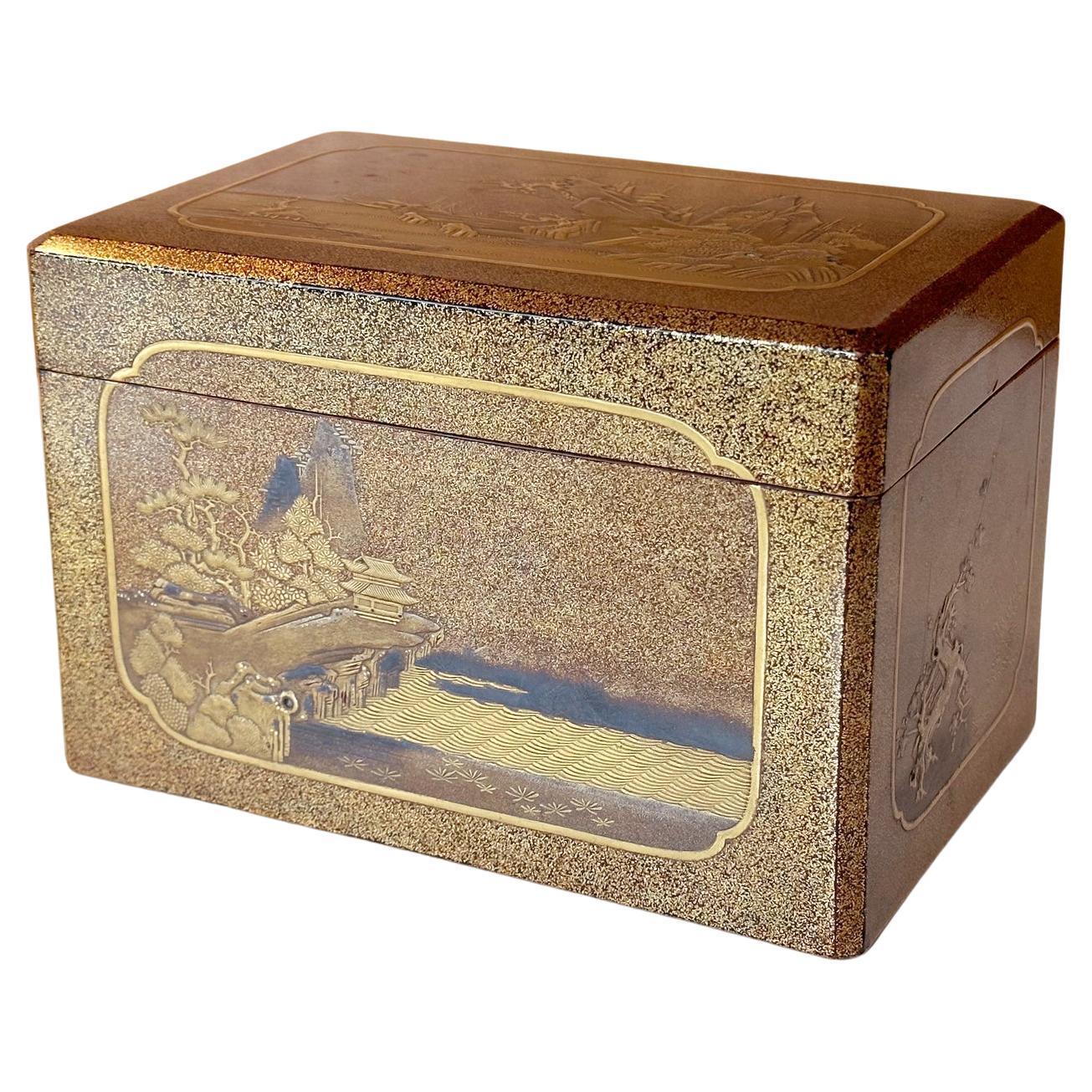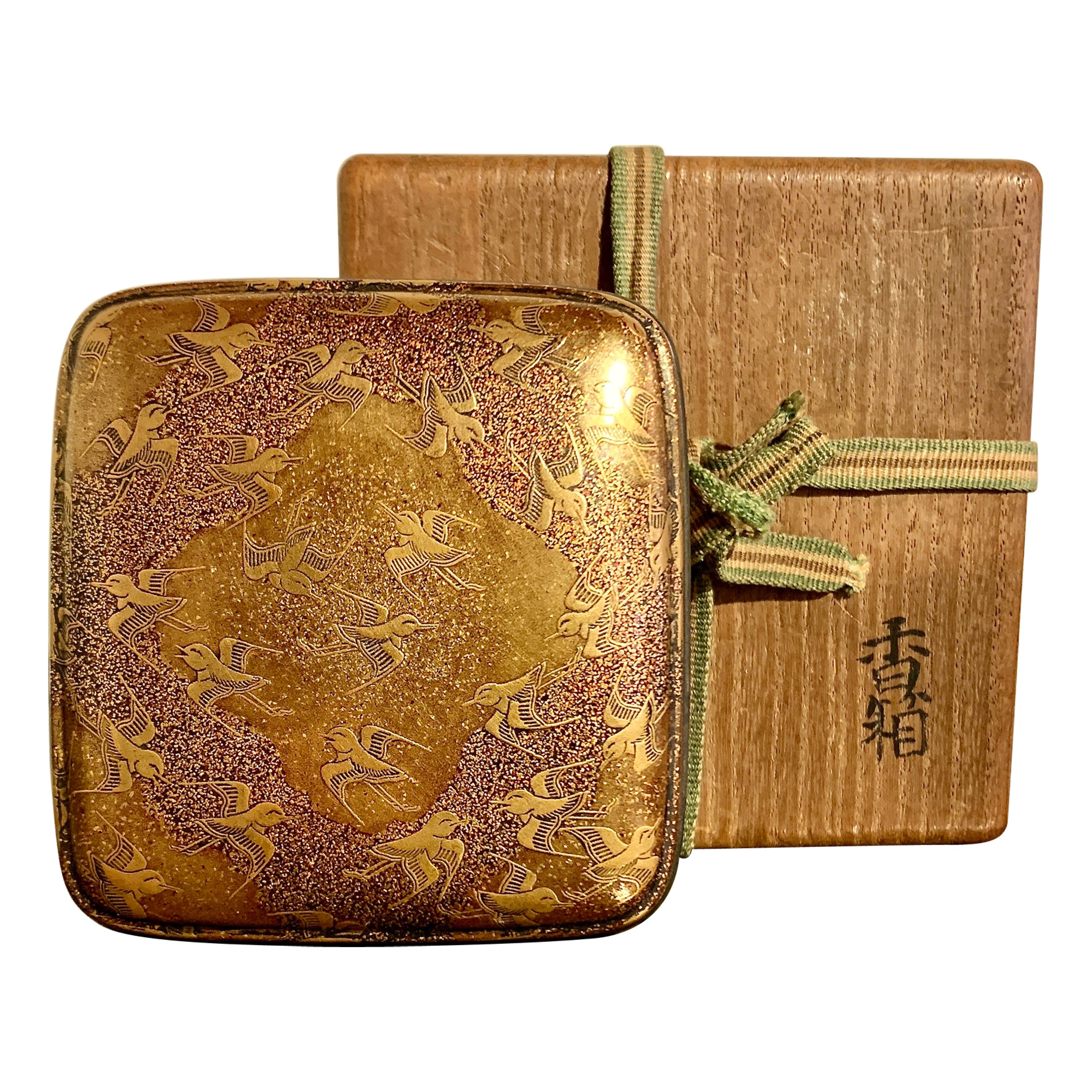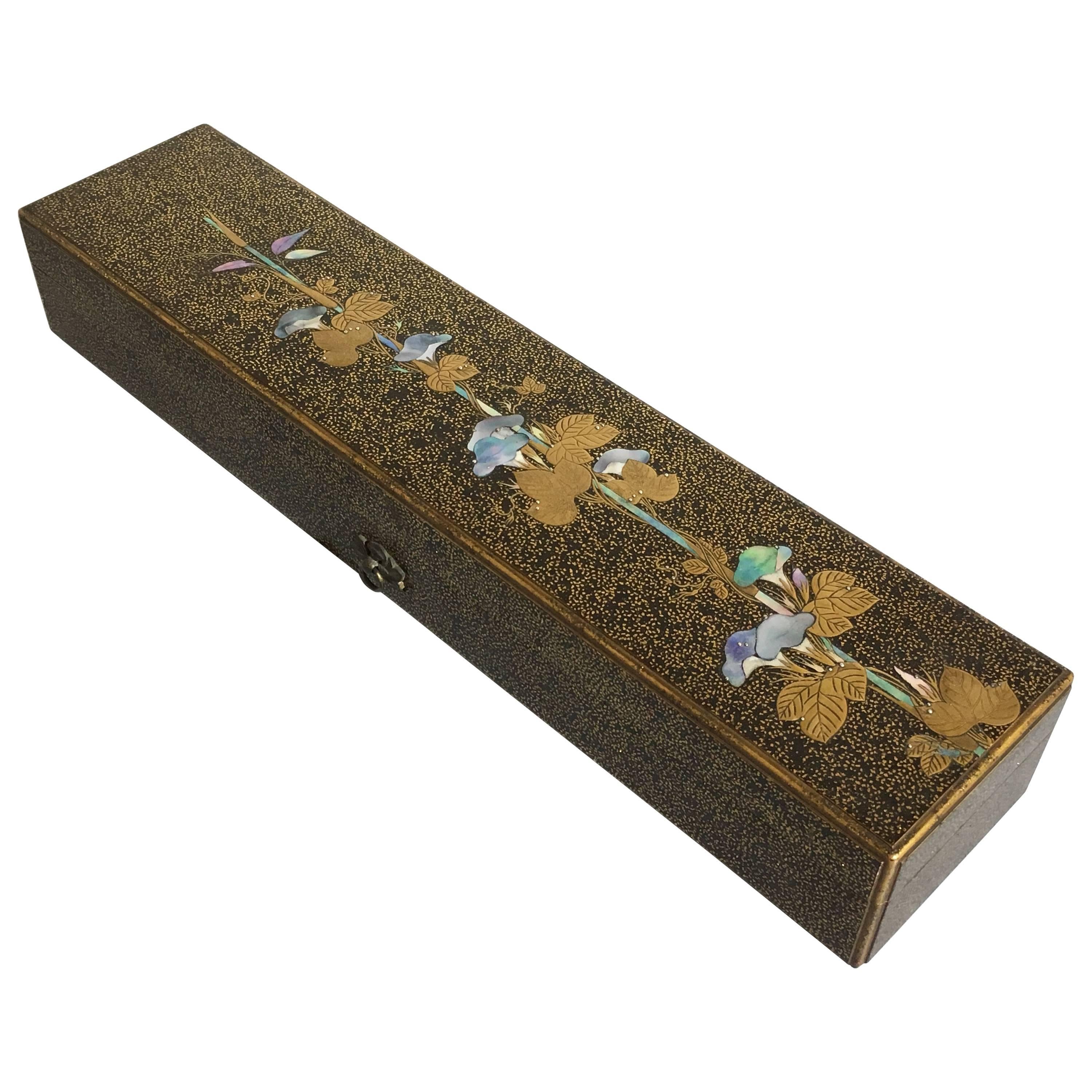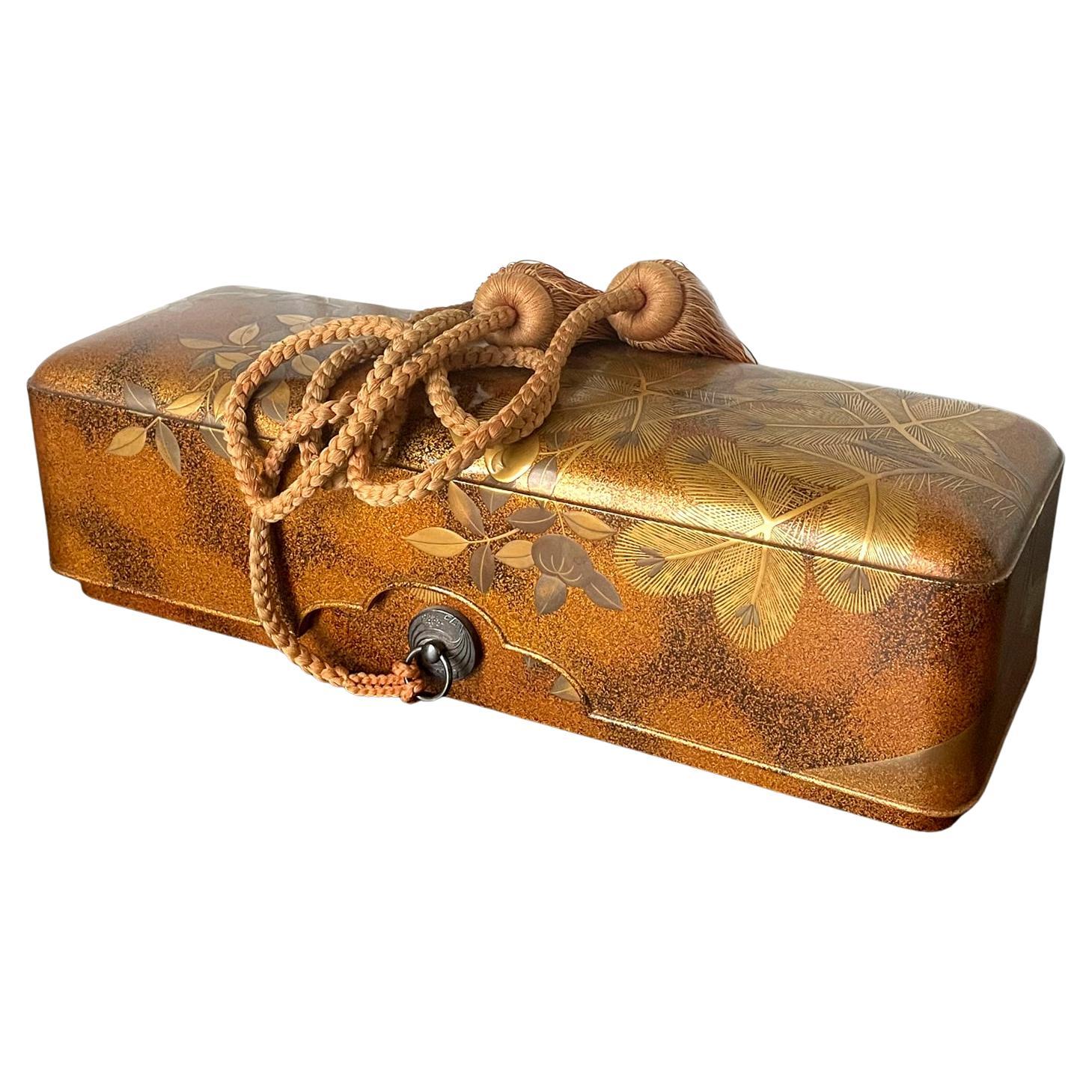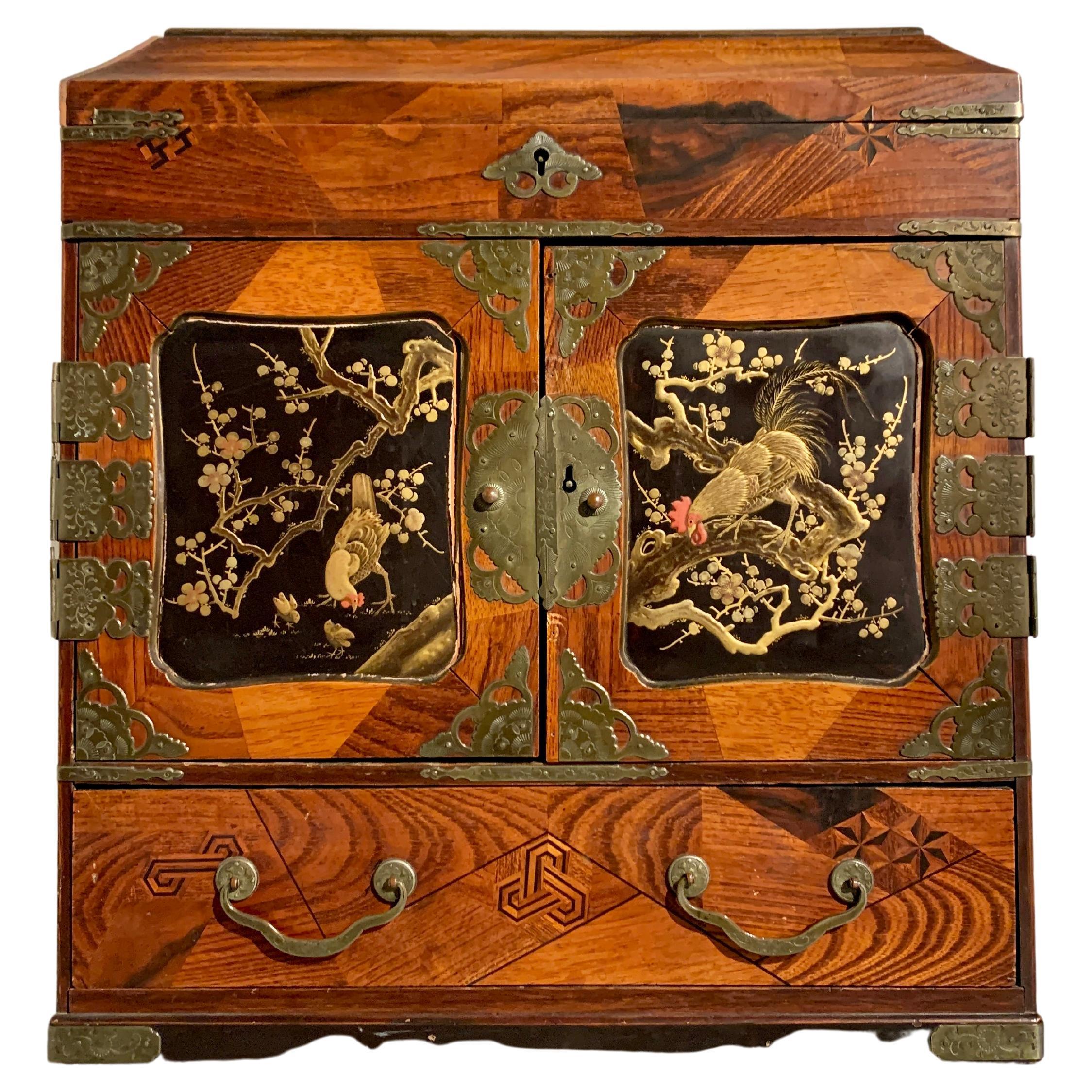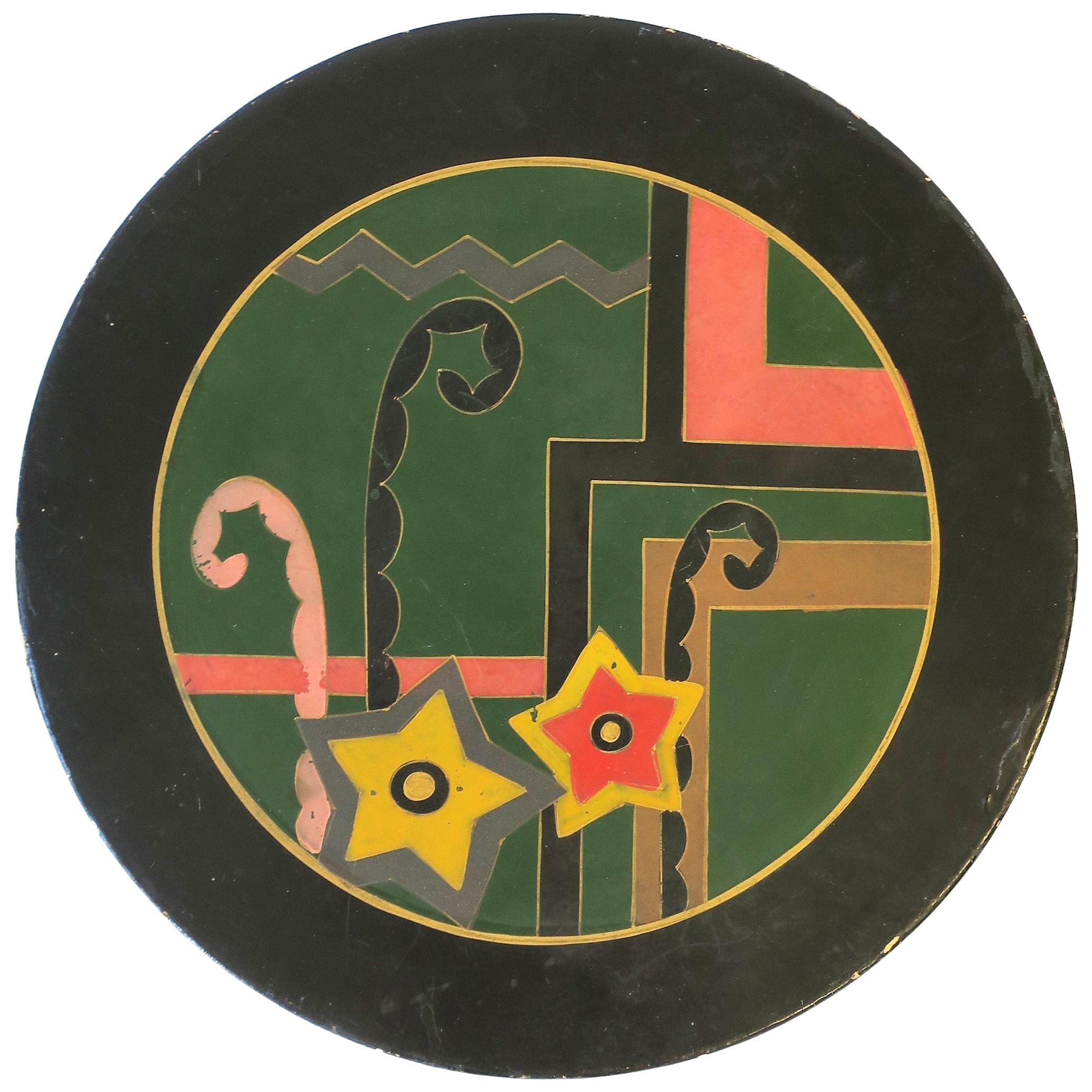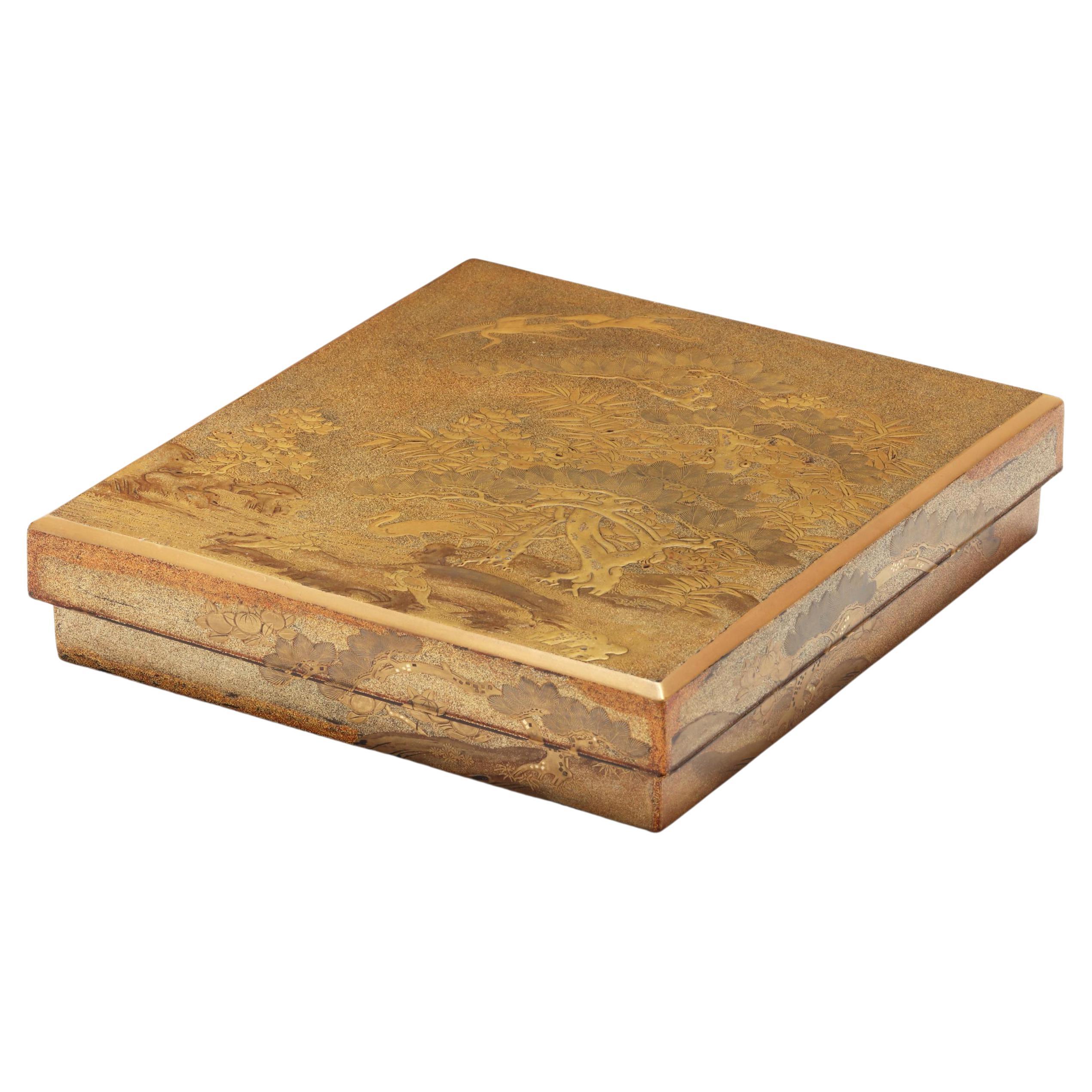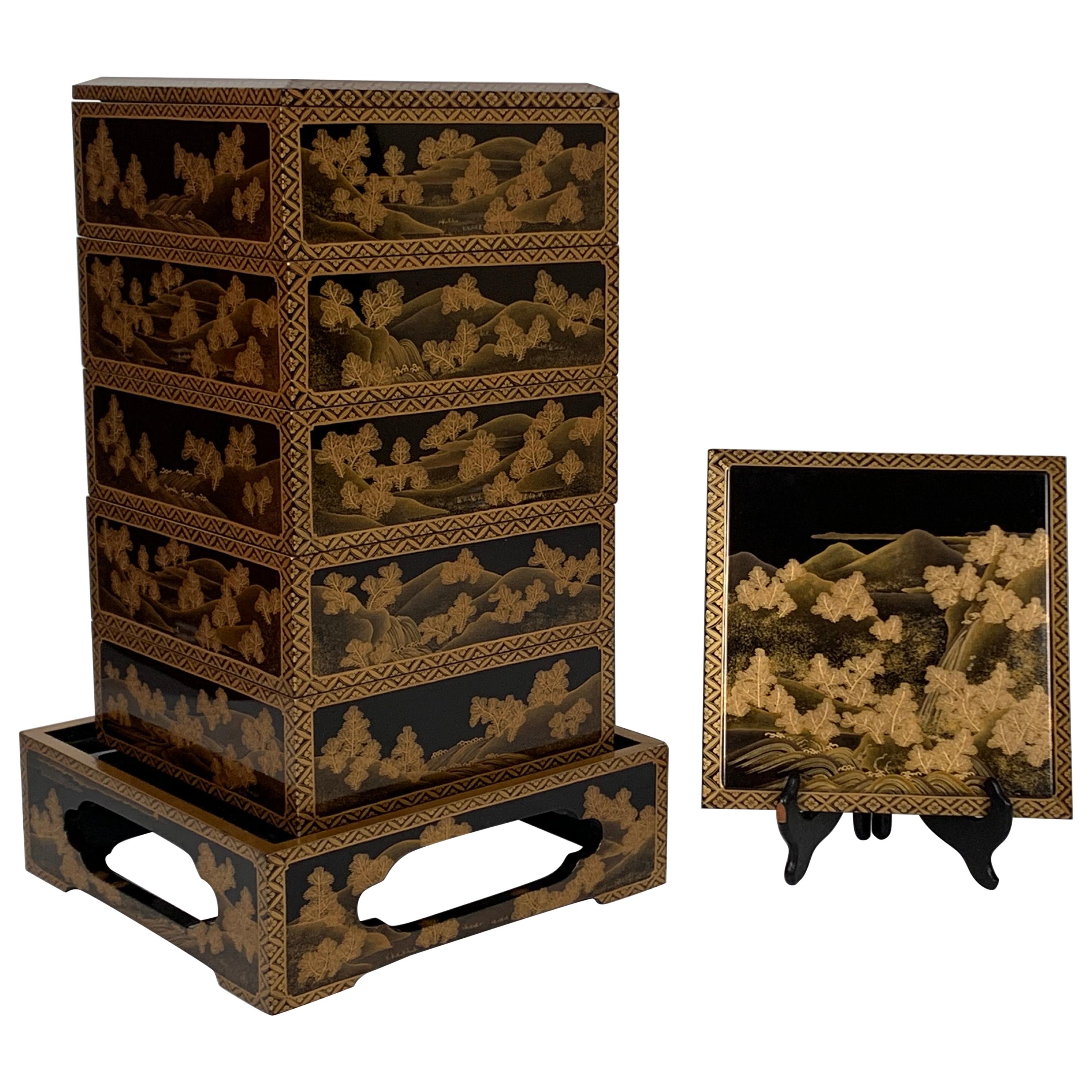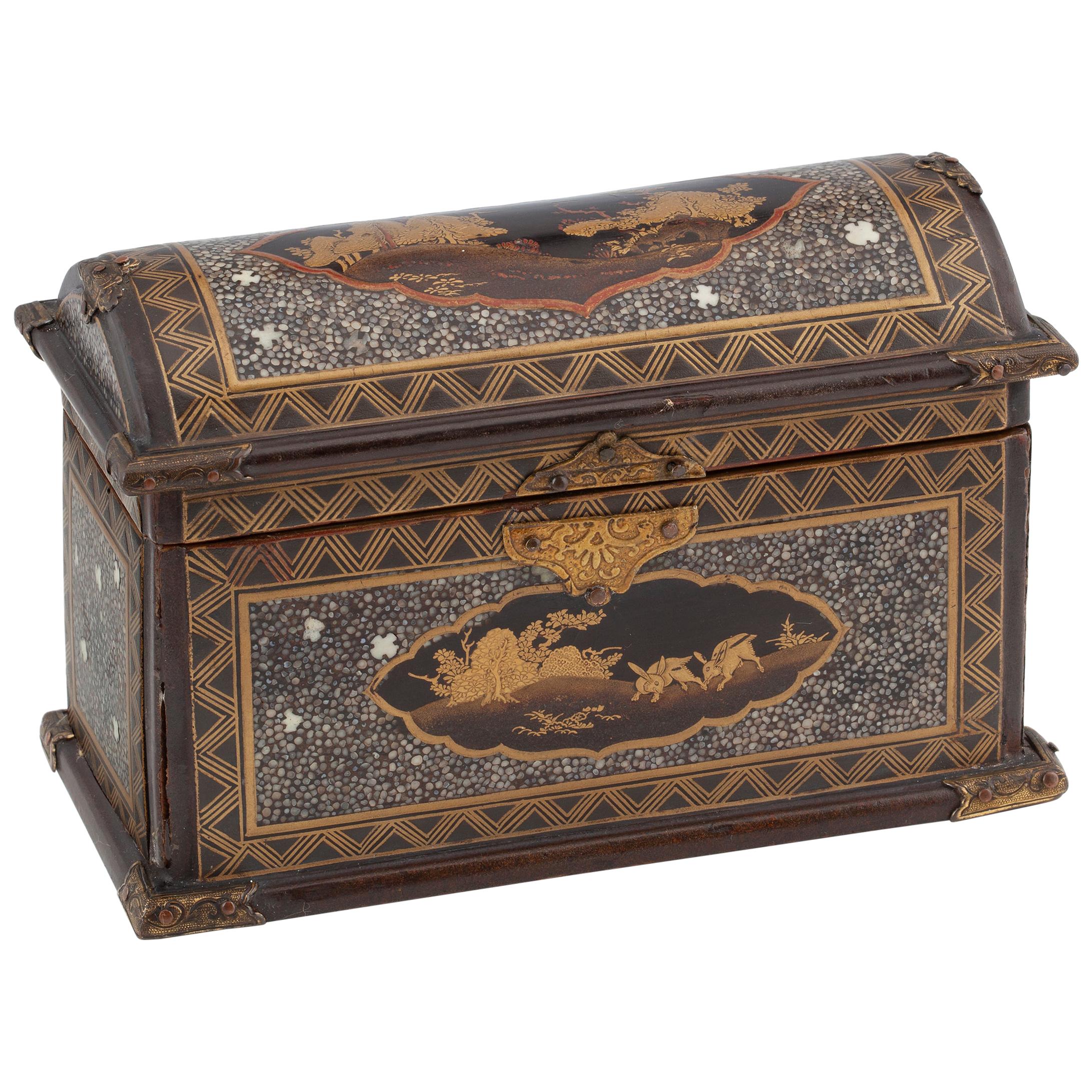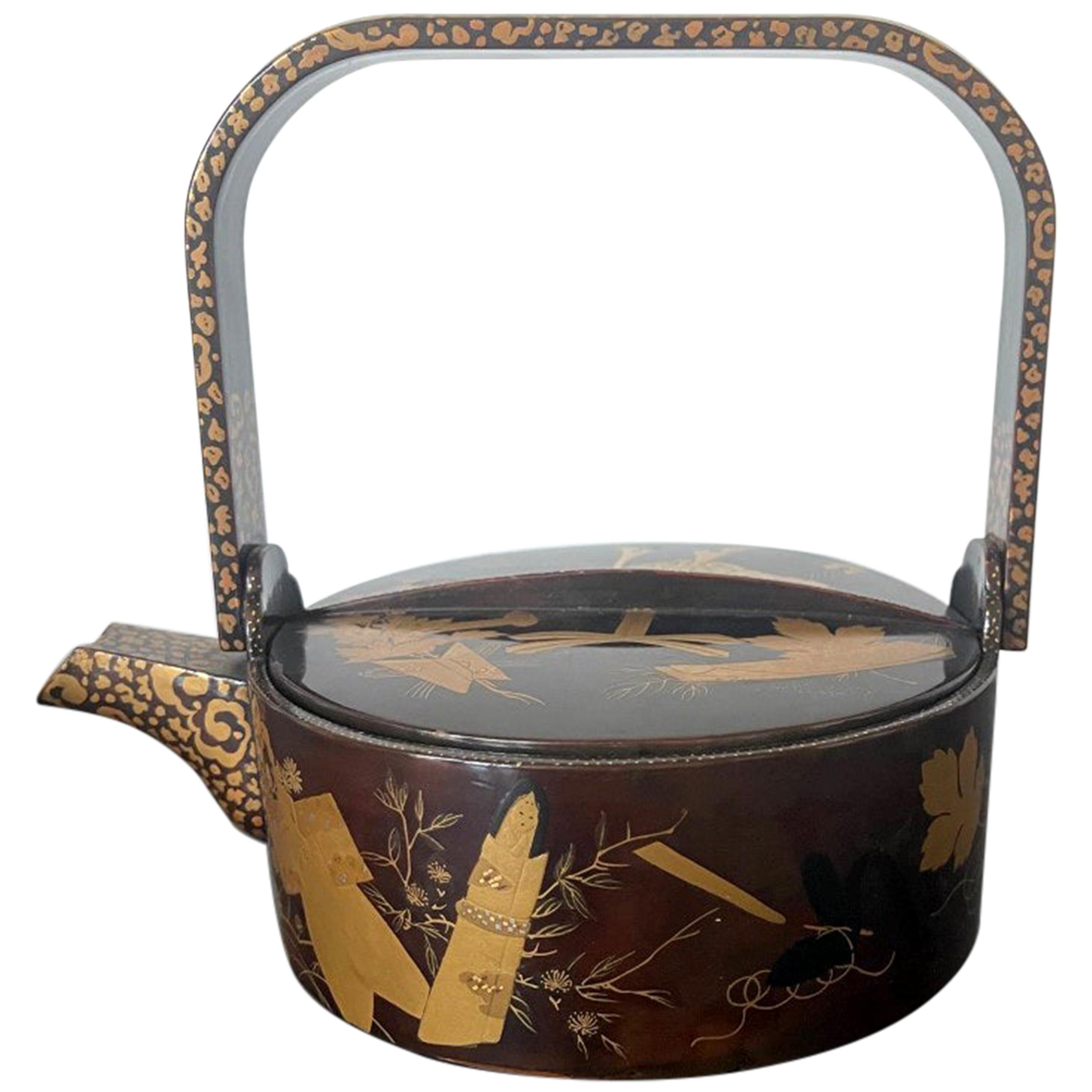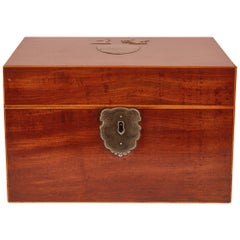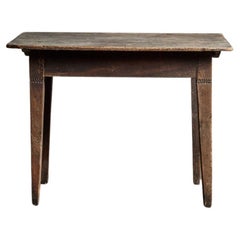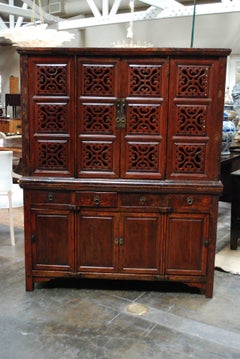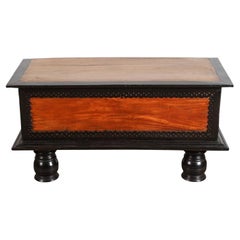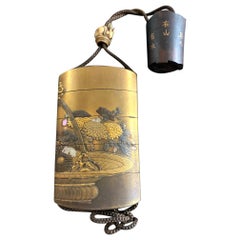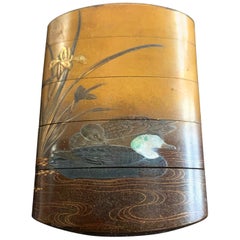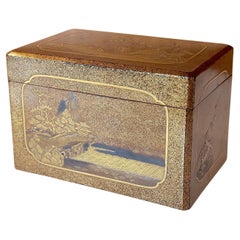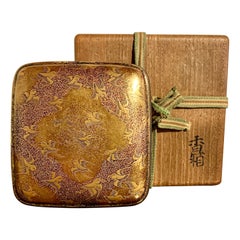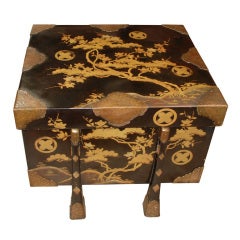
Japanese “Karabitsu” Samurai Armor Chest, Edo Period, 18th C.
View Similar Items
Want more images or videos?
Request additional images or videos from the seller
1 of 11
Japanese “Karabitsu” Samurai Armor Chest, Edo Period, 18th C.
$5,800List Price
About the Item
- Dimensions:Height: 18.75 in (47.63 cm)Width: 28 in (71.12 cm)Depth: 25 in (63.5 cm)
- Place of Origin:
- Period:
- Date of Manufacture:18th Century
- Condition:Fine antique condition. Some restoration to finish.
- Seller Location:San Marino, CA
- Reference Number:Seller: FR 134131stDibs: U1208218688454
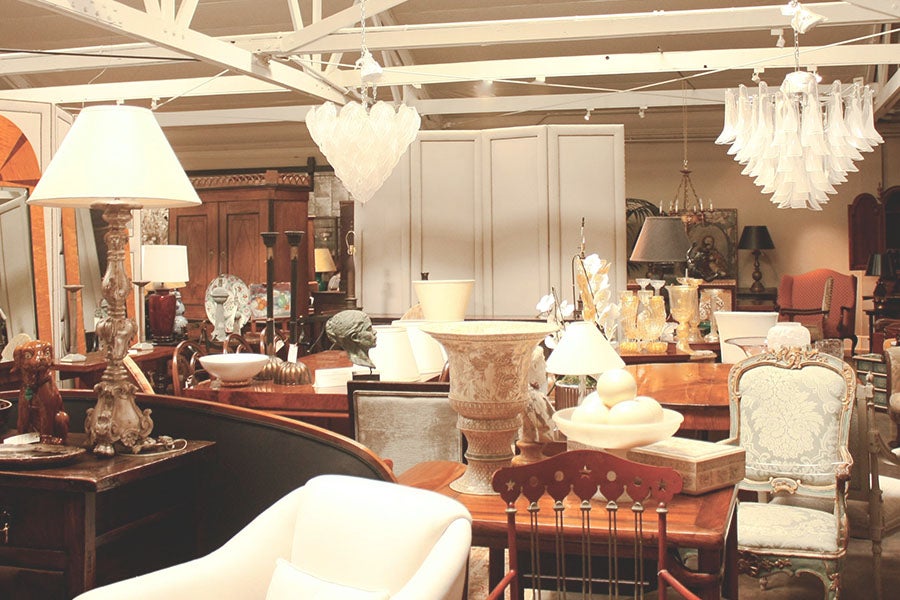
About the Seller
5.0
Vetted Professional Seller
Every seller passes strict standards for authenticity and reliability
Established in 1982
1stDibs seller since 2009
251 sales on 1stDibs
Typical response time: 13 hours
Authenticity Guarantee
In the unlikely event there’s an issue with an item’s authenticity, contact us within 1 year for a full refund. DetailsMoney-Back Guarantee
If your item is not as described, is damaged in transit, or does not arrive, contact us within 7 days for a full refund. Details24-Hour Cancellation
You have a 24-hour grace period in which to reconsider your purchase, with no questions asked.Vetted Professional Sellers
Our world-class sellers must adhere to strict standards for service and quality, maintaining the integrity of our listings.Price-Match Guarantee
If you find that a seller listed the same item for a lower price elsewhere, we’ll match it.Trusted Global Delivery
Our best-in-class carrier network provides specialized shipping options worldwide, including custom delivery.More From This Seller
View All19th Century, English Regency Tea Caddy
Located in San Marino, CA
A 19th century mahogany English Regency tea caddy with silver markings of a family crest, griffon and ram on the top. The interior of this te...
Category
Antique 19th Century English Regency Tea Caddies
Materials
Mahogany
18th C. Painted Farm Table
Located in San Marino, CA
18th c. painted farm table, painted Ca. 1780.
Category
Antique 18th Century European Farm Tables
Materials
Wood
$1,080 Sale Price
20% Off
18th Century Chinese Kitchen Cabinet
Located in San Marino, CA
An 18th century Chinese export kitchen cabinet with six cabinet doors, two of them featuring beautifully intricate carved designs, and four drawers.
Category
Antique 18th Century Chinese Chinese Export Cabinets
Materials
Wood
18th Century Sri Lankan Satinwood Trunk
Located in San Marino, CA
A striking Sri Lankan satinwood trunk from the 18th Century. The trunk's edges are decorated with a scalloped design at the front and sides. The top of this trunk opens at one side a...
Category
Antique Mid-18th Century Sri Lankan Dutch Colonial Trunks and Luggage
Materials
Satinwood
18th Century Ming Scroll Console Table
Located in San Marino, CA
A Ming period single piece elm top scroll end altar table. Originally from Shanxi, China.
Category
Antique 18th Century Chinese Ming Console Tables
Materials
Elm
18th Century Ming Style Altar Table
Located in San Marino, CA
A 17th-18th century Ming-style small altar table. Elmwood with scroll ends from Shanshi.
Category
Antique 18th Century Chinese Chinese Export Furniture
Materials
Elm
You May Also Like
Antique Japanese Inro by Shigehide Edo Period
Located in Atlanta, GA
This exquisite four-case lacquered inro was dated to the latter part of 18th century to early 19th century (Edo period) and made by Shigehide. The opposite sides of the inro together features a lavish flower arrangement in a bamboo basket (ikebana). The detailed craftmanship was a true pleasure to behold. Mostly Takamaki-e (high relief) were used to texturize the delicate petals of the chrysanthemums, on which different shades of gold were used to create contrast. Raden (mother of pearl) shells were also used to highlight some leaves, rendering the piece an interesting balance of color and material. The interior was completed in a mottled gold finish. It was signed Shigehide on the bottom with a Kao. There is a small carved rabbit ojime bead...
Category
Antique Late 18th Century Japanese Japonisme Lacquer
Materials
Wood, Lacquer
Japanese Inro by Koma Koryu Edo Period
Located in Atlanta, GA
A four-case lacquered inro by Koma Koryu circa 19th century late Edo period. The inro features a pair of Chinese mandarin duck resting under a bundle of blooming irises on the pond. ...
Category
Antique 19th Century Japanese Japonisme Lacquer
Materials
Wood, Lacquer
Exquisite Japanese Lacquer Maki-e Hand Box Kobako Edo Period
Located in Atlanta, GA
An early Japanese lacquer Maki-e decorated kobako (small storage box) circa 18th century (Edo period). Based on its form and size, this kobako was possibly used as a Chabako to store the accoutrements for chado (tea ceremony). The lidded box is of rectangular form with bevel design on all edge that softens the appearance. The entire surface was densely covered with a background of nashiji. Elaborate Maki-e techniques were used on each side to showcase a distinct landscape or floral design within a cartouche panel. On the surface of the lid, a mountainous landscape rises from the edge of the water. The poetic composition is akin to a traditional ink scroll...
Category
Antique 18th Century Japanese Edo Lacquer
Materials
Lacquer
Japanese Lacquer Incense Box, Kogo, Momoyama or Edo Period, 16th/17th Century
Located in Austin, TX
A wonderful Japanese lacquer incense box, kogo, with a design of plovers in flight, late Momoyama or early Edo Period, circa 1600, Japan.
The small box, called a kogo, was used to s...
Category
Antique Early 17th Century Japanese Edo Lacquer
Materials
Gold, Pewter
Japanese Edo Period Igarashi School Long Lacquer Box, Tanzaku-Bako
Located in Austin, TX
A stunning Japanese Edo period lacquer tanzakubako, box for poem cards, late 18th-early 19th century, Edo Period, Japan.
Attributed to the Igarashi School, this box is masterfully ...
Category
Antique Early 19th Century Japanese Edo Lacquer
Materials
Mother-of-Pearl, Lacquer
Japanese Lacquer Maki-E Scroll Box Fubako by Kansonsai Edo Period
Located in Atlanta, GA
A Japanese lacquered wood fubako (a box to store document or small scroll painting) circa late 18th century of Edo period. The rectangular box features a deep lid with rounded corners and recessed mid-edge and a lower box with two bronze medallion rings and tasseled silk ties. The surface of the fubako was elaborately decorated with hiramaki-e and a low takamaki-e on a mottled Mura-nashiji background. The motifs on the lid depict branches of Japanese pine with finely rendered needles on the lower part; on the upper part, it showcases fruited persimmon branches. Two different shades of gold fundame were used to contrast the design and augmented by scattered gold kirigane to highlight some of the leaves. The design continues and cascades down to all sides of the lid as well as the walls of the box. The two bronze medallions appear original to the box and the silk ties show significant fading from the age. This Fine fubako is signed on the lower wall "Kanshosai" in Kanji with a kao mark. All the trims were finished in gold fundame and the interiors a dense nashiji in gold.
Kanshosai is the mark of the distinguished lacquer artist Lizuka Toyo I who also signed his work "Toyosai". He was active in the second half of the 18th century during Edo period, employed by Hachisuka Shigeyoshi (1738-1801), daimyo of Awa on Shikoku Island. Although most survived work bearing his marks are inros, he was also known to decorated trays and other larger objects...
Category
Antique Late 18th Century Japanese Edo Lacquer
Materials
Wood, Lacquer
Recently Viewed
View AllMore Ways To Browse
Chinese Black Lacquer Chest
Edo Period Chest
Samurai Armor
Japanese Samurai Armour
Edo Period Japanese Armor
Japanese Lacquer Pearl
Carved Cinnabar
Japanese Lacquerware
Meiji Lacquer Box
Japanese Lacquer And Mother Of Pearl
Japanese Mother Of Pearl Art
Chinese Export Black Lacquer Gilt
Japanese Black Lacquer Tray
Antique Japanese Lacquer Tray
Antique Chinese Cinnabar
Japanese Pearl Inlay
Vintage Lacquer
Chinese Carved Cinnabar
